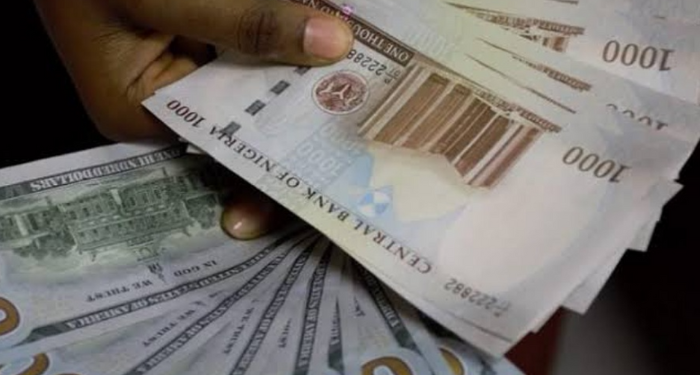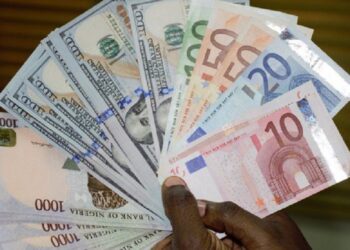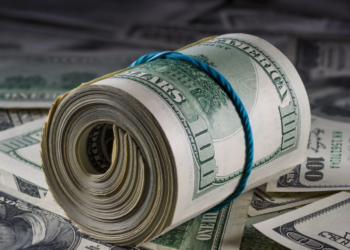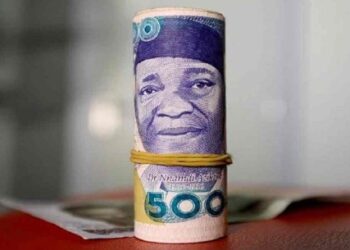The naira appreciated on the first trading day of the week at the official market, despite the U.S. dollar index reaching a two-month high against major currencies on Tuesday.
According to data from the FMDQ Securities Exchange Limited, the naira appreciated by 5.7% following Monday’s trading session, with the dollar trading at N1,552.92/$, down from N1,641.27/$ on Friday at the Nigerian Autonomous Foreign Exchange Market.
The FX market turnover, which measures the total volume of currencies traded over a given period, fell precipitously by 44.27 percent. The NAFEM window recorded $343.71 million in trade on Monday, down from $616.73 million on Friday.
At N1,682, the intraday exchange rate ended the day higher than on Friday, when it was N1,675. Likewise, Monday’s intraday low rate was N1,540/$, up from N1,591/$ at the end of the previous week.
The naira’s value has decreased significantly over the past year, hitting record lows, which has resulted in higher inflation, lower purchasing power, and economic uncertainty. Although oil production remains modest, recent fundamentals indicate that the bulls have managed to subdue short sellers since Nigeria’s finance minister unveiled a program that includes crude oil sales and processed petroleum products priced in naira.
However, OPEC data showed that Nigerian crude oil production dropped to 1.324 million barrels per day last month. The federal government budget benchmark was pegged at 1.78 million barrels per day, underscoring the need for further financial adjustments and higher borrowing to balance the country’s budget, putting additional pressure on the local currency.
U.S. Dollar Index Near Two-Month High
The dollar index, which measures the value of the U.S. dollar relative to six competitors, was at 103.27 on Monday, just below 103.36, the highest level since August 8. The dollar index is on track to halt its three-month losing streak, with an upside of 2.5%.\
The dollar benefited when Fed Governor Christopher Waller urged “more caution” regarding future interest rate cuts based on recent economic data. “Whatever happens in the near term, my baseline still calls for reducing the policy rate gradually over the next year,” Waller stated.
Ahead of Thursday’s European Central Bank policy meeting, where the central bank is expected to announce another interest rate cut, the euro continued to lag, trading close to its lowest level since August 8. The world’s largest economy remains robust, experiencing only slight slowing. In September, inflation increased somewhat more than anticipated, prompting traders to reduce their bets on significant rate reductions from the Fed.
The U.S. central bank’s most recent policy meeting in September began its easing cycle with an aggressive 50 basis points cut; however, market expectations have since shifted to a slower pace of cuts, strengthening the dollar. Currency traders are now assigning an 89% chance of a 25-basis point decrease in November, with a total of 45 basis points of easing priced in for the year.























